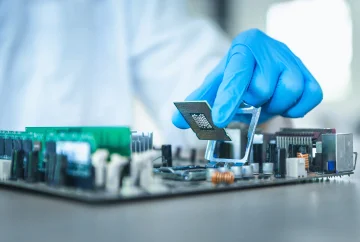We are slowly moving towards a hyper-connectivity era where the consumer marketplace has a huge role to play. It implies that businesses must not only meet the customers' needs but also use modern technologies and other resources at their disposal to anticipate and surpass them. According to McKinsey, 71% of consumers expect businesses to deliver personalized experiences, and about 76% get frustrated when this doesn’t happen.
In the post-pandemic era, we can no longer factor customer experience based on one's brand name, just as a robust marketing strategy isn't enough for a business's growth. Instead, it is based on user-generated content, reviews, and the extent of personalization. The companies that can deliver on these fronts will emerge as leaders of their industries well into the next decade. And it's simple, too, since AI, Cloud, IoT, Edge, 5G, and other technologies, high-tech companies can now drive faster insights and further expand into connected customer experience in the areas lacking in their portfolios.





